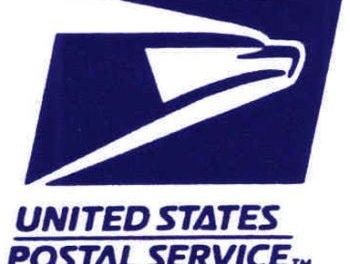
Repackaging the U.S. Postal Service
A presidential commission is examining broad-based reforms to the 736,000-person U.S. Postal Service. Among the proposals: letting the USPS slash prices in the summer, when mail volume drops, and offering discounts to merchants who pick up parcels at the post office rather than wait for delivery.
Proponents of the reform hope it will stabilize the troubled USPS, which lost $676 million in 2002 and amassed $11 billion in debt to the U.S. Treasury. Postal officials say that their monopoly over your mailbox and first-class mail doesn’t make up for the fact that the service is required to deliver to every business and residential address six days a week. They also complain that they can’t react to market conditions. When mail volume fell by 4.6 billion pieces last year because of anthrax and competition from online bill paying, the USPS couldn’t respond because it is required to go through an 18-month review process every time it wishes to change rates.
But though the USPS’s proposed offerings are designed to appeal to entrepreneurs, small-business lobbyists have so far remained cool to reform, fearing that an unfettered USPS would raise rates rather than lower them. One idea — to let the Postal Service negotiate individual rates for customers — seems tailormade for large companies. And the timing of reform is unappealing, some small-business advocates say, because Congress recently approved a plan to keep rates stable for three years. “It would be great if the Postal Service could have the reins loosened to offer discounts or sales,” says Andrew Langer, of the National Federation of Independent Business, “but I think our members like the lengthy process they have to go through now to raise rates.”













